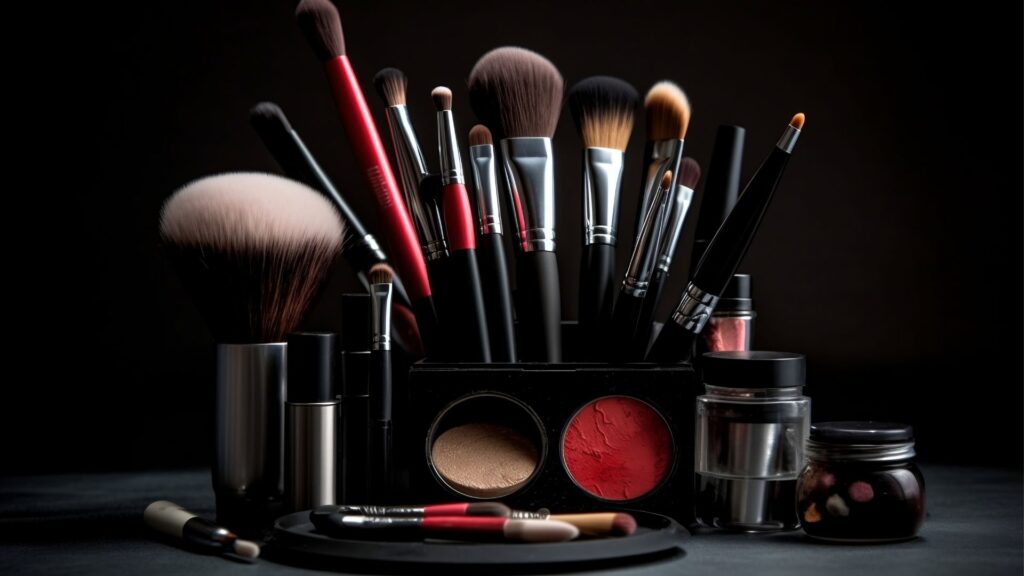In today’s highly competitive market, capturing the attention of potential customers is more challenging than ever. With countless products vying for a consumer’s attention, having eye-catching visuals is crucial. This is where product packshot photography comes into play. But what exactly is product packshot photography, and how can it boost your sales? Let’s dive in.
Understanding Product Packshot Photography
Definition and Key Elements
Product packshot photography is a specialized form of photography that focuses on capturing the product in the best possible light. It involves photographing the product typically against a plain background to highlight its features clearly. Key elements include lighting, angles, and post-production editing to ensure the product looks appealing and true to life. While packshot photography focuses solely on the product, lifestyle photography places the product within a context, showing it being used in real-life scenarios. Both styles are essential, but packshots are critical for e-commerce platforms where the product image needs to stand out on a plain, distraction-free background.
Differences Between Packshot and Lifestyle Photography
Product packshot photography is a specialized form of photography that focuses on capturing the product in the best possible light. It involves photographing the product typically against a plain background to highlight its features clearly. Key elements include lighting, angles, and post-production editing to ensure the product looks appealing and true to life. While packshot photography focuses solely on the product, lifestyle photography places the product within a context, showing it being used in real-life scenarios. Both styles are essential, but packshots are critical for e-commerce platforms where the product image needs to stand out on a plain, distraction-free background.
Benefits of Eye-Catching Packshot Photography
Enhances Product Appeal
High-quality packshot photography can make your product look more appealing by highlighting its features and details. This is crucial for online shoppers who cannot physically interact with the product. Professional packshot images convey a sense of quality and reliability, building trust with your audience, making them more likely to purchase from you. Eye-catching packshots can significantly improve your conversion rates. Clear, high-resolution images help customers make informed decisions, reducing hesitation and increasing the likelihood of a purchase.
Builds Brand Credibility
Professional packshot images convey a sense of quality and reliability. This builds trust with your audience, making them more likely to purchase from you.
Increases Online Conversion Rates
Eye-catching packshots can significantly improve your conversion rates. Clear, high-resolution images help customers make informed decisions, reducing hesitation and increasing the likelihood of a purchase.
Setting Up for Success
Investing in a good camera and lens is essential for capturing high-quality images. A DSLR or mirrorless camera with a macro lens is ideal for detailed product shots. Lighting can make or break your packshot. Use soft, diffused lighting to avoid harsh shadows and reflections. Natural light or continuous LED lights are excellent choices. A clean, neutral background ensures the focus remains on the product. White or light gray backgrounds are popular choices as they make the product stand out.
Techniques for Captivating Packshot Photography
Photograph your product from multiple angles to provide a comprehensive view. This helps customers get a better understanding of the product’s dimensions and features. Focus on unique features that set your product apart. Use close-up shots to showcase textures, buttons, or any special functionalities. Consistency in your packshots helps build brand identity. Use the same lighting, background, and editing style for all your product images.
Editing and Post-Production
Even the best photos need some retouching. Adjust brightness, contrast, and sharpness to ensure your product looks its best. Use professional editing software like Adobe Photoshop or Lightroom. These tools offer advanced features for precise adjustments. While editing is important, maintaining a natural look is crucial. Over-editing can make your product appear unrealistic and mislead customers.
Showcasing Your Packshots
Different e-commerce platforms have varying requirements for product images. Ensure your packshots meet these specifications for optimal display. Use your packshots in email marketing, advertisements, and promotional materials to maintain a cohesive visual strategy. Social media is a powerful tool for showcasing your product packshots. High-quality images can attract more engagement and drive traffic to your online store.
Case Studies
Brands like Apple, Nike, and Amazon utilize packshot photography to present their products in the best possible way, enhancing their appeal and boosting sales. Showcasing before and after images can highlight the difference professional packshot photography makes. This can be a compelling way to convince stakeholders of its value.
Conclusion
In conclusion, investing in eye-catching product packshot photography can significantly boost your sales. From enhancing product appeal and building brand credibility to increasing online conversion rates, the benefits are immense. By understanding the key elements, utilizing effective techniques, and showcasing your packshots strategically, you can create a strong visual presence that captivates your audience.
FAQs
What equipment do I need for product packshot photography?
You’ll need a good camera (DSLR or mirrorless), a macro lens, proper lighting equipment, and a clean background. Optional tools include tripods and reflectors.
How do I choose the right background for my packshots?
Select a clean, neutral background like white or light grey to ensure your product stands out. Avoid busy or colorful backgrounds that can distract from the product.
Can I take packshot photos with my smartphone?
Yes, modern smartphones have advanced cameras capable of taking high-quality images. Use additional lighting and editing apps to enhance your photos.
What are some common mistakes to avoid in packshot photography?
Avoid poor lighting, cluttered backgrounds, inconsistent angles, and over-editing. Ensure your product is clean and free from dust or fingerprints before shooting.
How often should I update my product packshots?
Update your packshots whenever you make changes to the product or its packaging. Regularly refreshing your images keeps your online store looking current and appealing.














